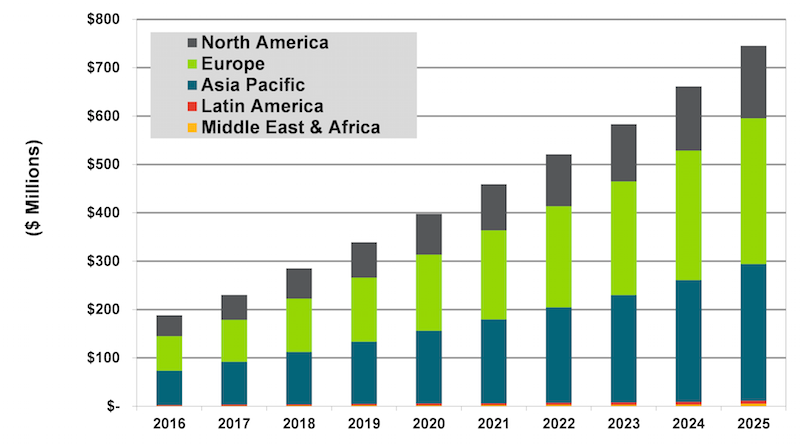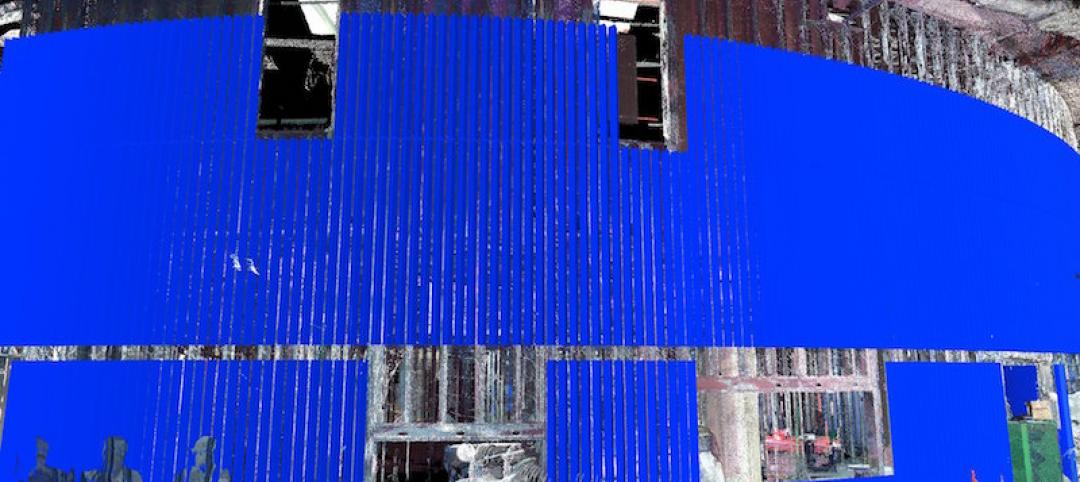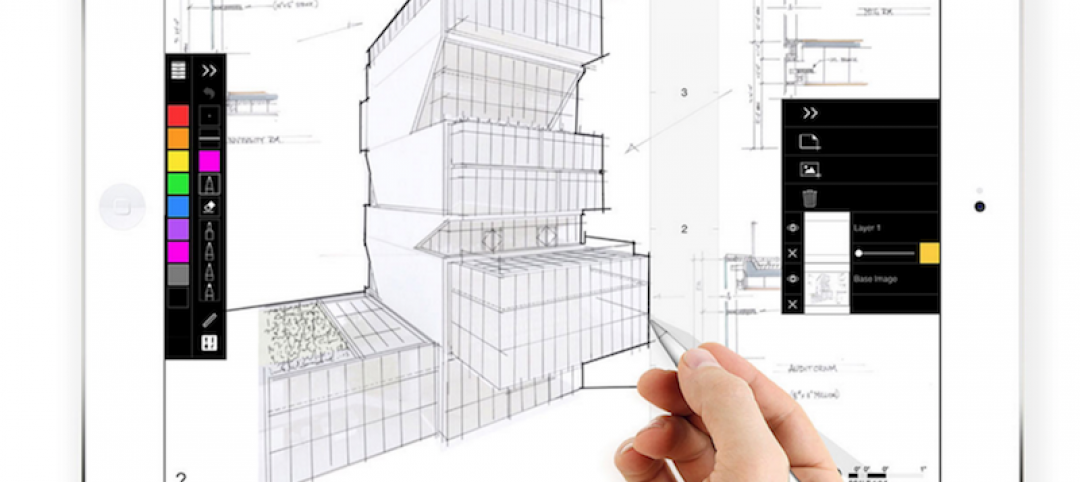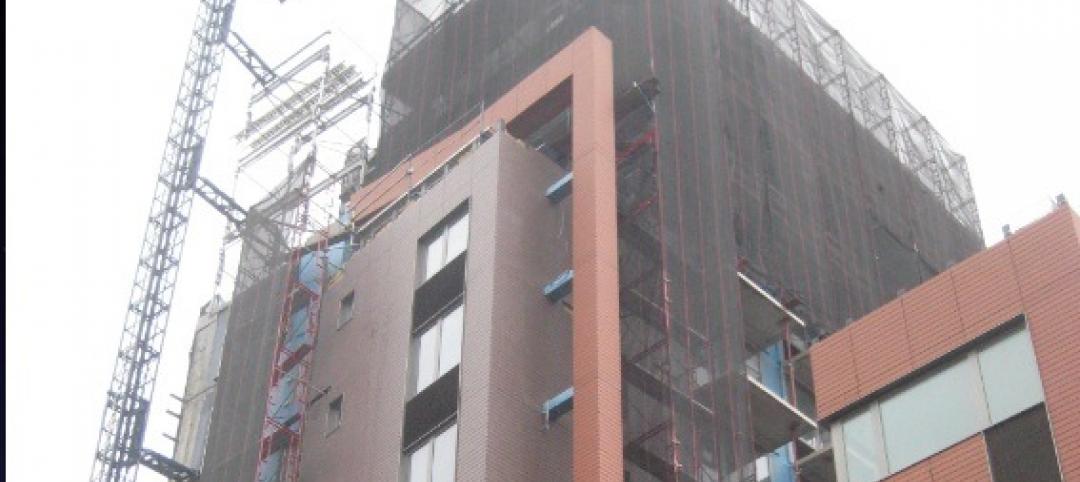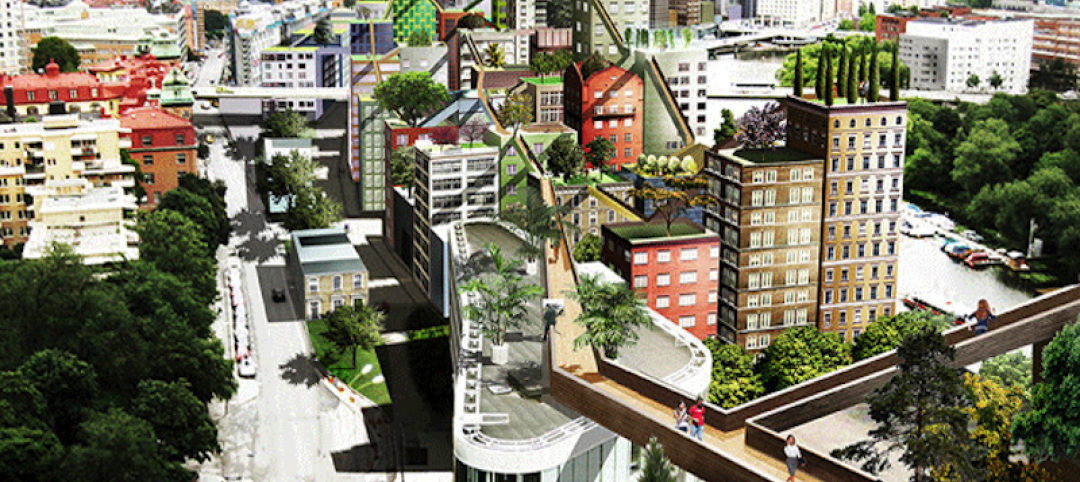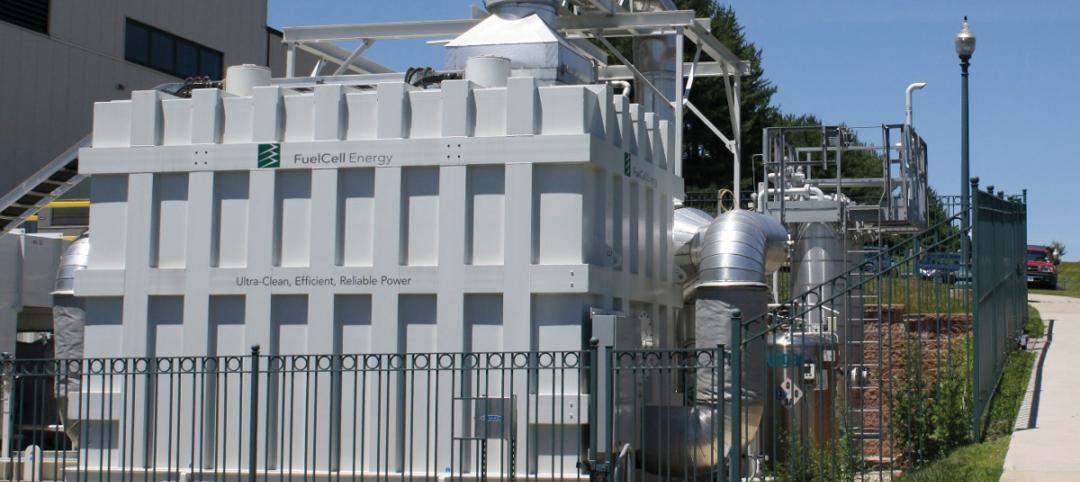Over the next decade, revenue from wireless sensor sales worldwide for installation and use in commercial structures is expected to increase at a compound annual rate of 16.5%, a projection that reflects the expanding demand for products that provide intelligent building solutions via the Internet of Things.
A new report from the market research firm Navigant, entitled “Wireless Sensors for Commercial Buildings,” estimates that global sensor sales will reach $188.2 million this year, and increase to $745.2 million by 2025.
“Sensors capture, communicate, and may even analyze energy and operational data,” the report states. “The resulting useful information will direct fundamental changes in operations that lead to energy efficiency improvements with substantial cost savings.”
Asia-Pacific and European markets are expected to experience the highest demand growth, whereas demand in North America will increase more modestly.
Despite the fact that last year’s Internet of Things World Forum was held in Dubai, the Middle East in general, along with Africa and Latin America, are not seen by Navigant as markets where there will be a high penetration of wireless sensors in the foreseeable future.
Related Stories
Sponsored | Building Technology | Jul 11, 2016
3D scanning technology solves University of Iowa Children’s Hospital’s curved wall curveball
Gilbane Building Company utilized advanced 3D scanning technology as part of a virtual design and construction (VDC) solution to ensure quality control throughout the lifespan of the project
Building Technology | May 24, 2016
Tech is the new office perk, says a new survey of American workers
But most employees still see their companies falling on the dull side of the cutting edge.
Green | May 16, 2016
Development team picked for largest Passive House project in North America
The 24-story curved building would be 70% more efficient than comparable housing in New York City.
Designers | Mar 30, 2016
A technical pen for the modern age
Morpholio’s new ScalePen feature dynamically sets line weight depending on the scale or zoom level of the drawing.
| Jan 28, 2016
AIA CES class: The rainscreen approach to a better building envelope
Building envelope expert Bradley Carmichael of Hoffmann Architects explains how rainscreen wall systems work and evaluates the effectiveness of various rain-control methods, including mass walls, perfect barriers, and masonry veneers. This AIA/CES class is worth 1.0 learning unit.
Sustainable Design and Construction | Jan 22, 2016
At Davos forum, a McDonough-designed meeting space showcases circular economy innovation
ICEHouse is a prototype for temporary, easy-to-assemble structures that deploy locally available materials.
Urban Planning | Jan 21, 2016
Anders Berensson Architects re-imagines Stockholm as a city of skywalks
The Swedish firm’s "Klarastaden" plan connects the city via clear skyways that weave in and around the city’s buildings.
Green | Jul 7, 2015
Philips sheds new light on growing fresh food indoors
A research center in The Netherlands is testing the latest techniques in urban farming.
Green | Jun 9, 2015
Fuel cell technology makes its way into energy generation
Demand for fuel cells, while modest, is growing, and cost savings are getting noticed.
Fire and Life Safety | May 27, 2015
7 bold applications and innovations for fire and life safety
BD+C’s roundup features colorful sprinklers for offices, hotels, museums; a fire-rated curtain wall at a transit hub in Manhattan; a combination CO/smoke detector; and more.


